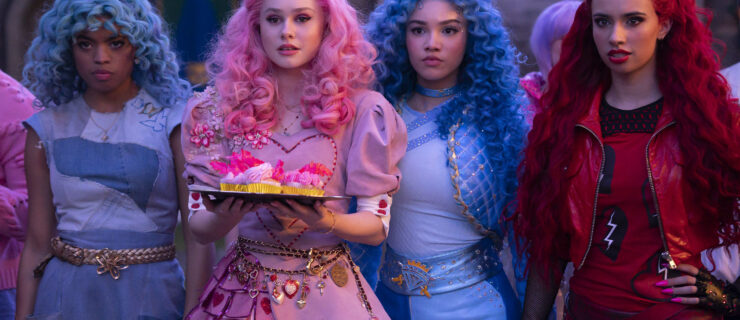The Power of Good Old-Fashioned Stagecraft
It seems like everywhere you look—from Broadway shows to the Radio City Christmas Spectacular—dance performances are getting more and more high-tech. A top-notch production isn’t complete without a giant LED screen or an elaborate video system, creating effects directors could only dream about five years ago.
That’s definitely true of Christopher Wheeldon’s fanciful ballet Alice’s Adventures in Wonderland, which uses all kinds of clever digital projections to bring the fantastic weirdness of Wonderland to life. I caught the National Ballet of Canada’s performance of Alice’s Adventures in NYC last night, and I was blown away by all the amazing technological tricks involved.
Here’s the thing, though: The parts of the show that really made me say “wow” didn’t involve that kind of modern-day wizardry. Yes, the video projection that makes it look like Alice is in free-fall down the rabbit hole is beautiful. But it’s the ingeniousness of the wooden puppet version of Alice, who swims gracefully through that digital sea, that makes the moment stick in the memory. (The puppet designer knows his ballet, too: Puppet Alice has beautiful turnout and extension!) Yes, the digital playing card parade that marches across a giant screen brings us immediately into the Queen of Hearts’ world. But it’s the tutus worn by the dancer “cards”—with each stiff skirt shaped like either a diamond, heart, spade or club—that makes that world seem richly real.
National Ballet of Canada in Alice’s Adventures (photo by Bruce Zinger)
Interestingly, one of the most vivid characters in the show is played not by a dancer, but by a bunch of disembodied puppet parts: the Cheshire Cat. His head and tail and legs rarely appear onstage at the same time, but so clever is the puppetry that we’re immediately able to understand why Alice is captivated by him.
Alice (Sonia Rodriguez) with the Cheshire Cat (photo by Bruce Zinger)
I’ll never resent a show for using spectacular digital effects. They’re awesome, and they’re helping the dance world move into the future. But there’s nothing like good old-fashioned stagecraft to delight your inner 5-year-old. And 5-year-olds are tough critics.



